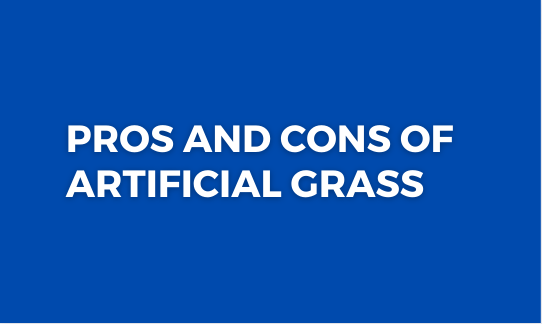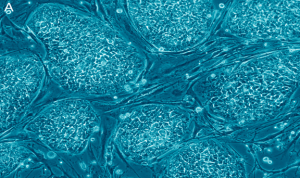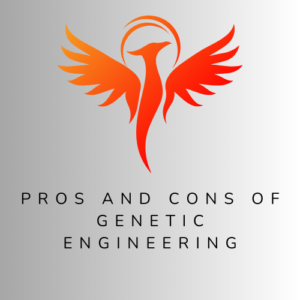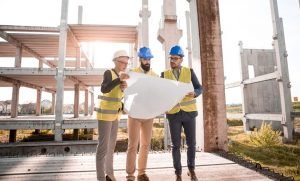Artificial grass, also known as synthetic turf, has gained popularity as an alternative to natural grass in various applications such as sports fields, residential lawns, and commercial spaces. It offers low maintenance requirements and a consistent appearance throughout the year. In this analysis, we will examine the pros and cons of artificial grass to understand its advantages and drawbacks.
Pros:
- Low maintenance: Artificial grass requires minimal maintenance, eliminating the need for mowing, watering, and fertilizing.
- Durability: Synthetic turf is highly durable and can withstand heavy foot traffic and harsh weather conditions.
- Water conservation: Artificial grass reduces water consumption since it does not require regular watering.
- Consistent appearance: Synthetic turf maintains a uniform and green appearance throughout the year, regardless of weather conditions.
- Versatility: Artificial grass can be installed in various locations and customized to fit specific design requirements.
- No allergens: Synthetic turf does not produce allergens like pollen, making it a suitable option for individuals with allergies.
- Resistant to pests: Artificial grass is resistant to pests such as insects and rodents, reducing the need for pesticides.
- Reduced carbon footprint: Synthetic turf eliminates the use of gasoline-powered lawn maintenance equipment, reducing carbon emissions.
- Enhanced playability: Artificial grass provides a consistent surface for sports activities, offering better traction and shock absorption.
- Longevity: Synthetic turf has a long lifespan, providing a durable and attractive surface for an extended period.
- All-weather usability: Artificial grass remains usable even during wet conditions as it drains water efficiently.
- Reduced mud and dirt: Synthetic turf prevents the formation of mud and dirt, keeping the surrounding areas cleaner.
- No need for harmful chemicals: Artificial grass does not require the use of chemical fertilizers or weed killers.
- Cost-effective: Although initial installation costs can be higher, artificial grass can be cost-effective in the long run due to reduced maintenance expenses.
- Conservation of natural resources: By eliminating the need for watering, artificial grass conserves water resources.
- Suitable for shaded areas: Synthetic turf can be installed in shaded areas where natural grass struggles to grow.
- Safe for children and pets: Artificial grass is designed to be non-toxic and safe for children and pets to play on.
- Erosion control: Synthetic turf helps control soil erosion, particularly in areas with sloping terrain.
- No need for lawn equipment storage: With artificial grass, there is no need for storage space for lawn mowers or other maintenance equipment.
- Customizable design options: Artificial grass comes in various colors, lengths, and textures, allowing for customization to suit different aesthetics.
Cons:
- High initial cost: The upfront installation cost of artificial grass can be higher than natural grass.
- Lack of natural aesthetics: Synthetic turf may not provide the same visual appeal as natural grass.
- Heat retention: Artificial grass can retain heat, making it hotter to the touch compared to natural grass.
- Limited environmental benefits: While artificial grass conserves water, it does not contribute to the ecological benefits of natural grass, such as carbon sequestration.
- Potential for overheating: In extremely hot climates, artificial grass may become uncomfortably hot, affecting its usability.
- Infill requirements: Some types of artificial grass require infill materials, such as rubber or sand, which may need periodic replenishment.
- Surface hardness: Synthetic turf can be harder than natural grass, potentially increasing the risk of injuries during falls or impacts.
- Less effective cooling properties: Artificial grass does not provide the same cooling effect as natural grass, particularly in urban heat island environments.
- Limited natural habitat: Synthetic turf does not provide a suitable habitat for insects and wildlife compared to natural grass.
- Drainage limitations: Inadequate installation or poor drainage systems can result in limited water permeability.
- Risk of discoloration: Artificial grass may experience discoloration over time due to prolonged exposure to sunlight.
- Potential for chemical exposure: Some types of infill materials used in artificial grass may contain chemicals that could be of concern to human health.
- Lifespan considerations: While synthetic turf has a long lifespan, it will eventually wear out and require replacement.
- Limited temperature regulation: Artificial grass may not provide the same cooling effect as natural grass, affecting the microclimate of the surrounding area.
- Noise reflection: Compared to natural grass, synthetic turf can reflect more noise, potentially leading to increased ambient noise levels.
- Limited biodiversity support: Artificial grass does not support the same level of biodiversity as natural grass ecosystems.
- Not biodegradable: Synthetic turf materials are not biodegradable and can contribute to landfill waste.
- Risk of injuries: Inadequate installation or poor maintenance can lead to uneven surfaces, increasing the risk of trips and falls.
- Dependency on pet waste maintenance: Artificial grass requires regular cleaning and maintenance to manage pet waste properly.
- Challenging repairs: Repairing damaged areas of artificial grass can be more complex and costly compared to natural grass.
Pros
- Low maintenance
- Durability
- Water conservation
- Consistent appearance
- Versatility
- No allergens
- Resistant to pests
- Reduced carbon footprint
- Enhanced playability
- Longevity
- All-weather usability
- Reduced mud and dirt
- No need for harmful chemicals
- Cost-effective
- Conservation of natural resources
- Suitable for shaded areas
- Safe for children and pets
- Erosion control
- No need for lawn equipment storage
- Customizable design options
Cons
- High initial cost
- Lack of natural aesthetics
- Heat retention
- Limited environmental benefits
- Potential for overheating
- Infill requirements
- Surface hardness
- Less effective cooling properties
- Limited natural habitat
- Drainage limitations
- Risk of discoloration
- Potential for chemical exposure
- Lifespan considerations
- Limited temperature regulation
- Noise reflection
- Limited biodiversity support
- Not biodegradable
- Risk of injuries
- Dependency on pet waste maintenance
- Challenging repairs



